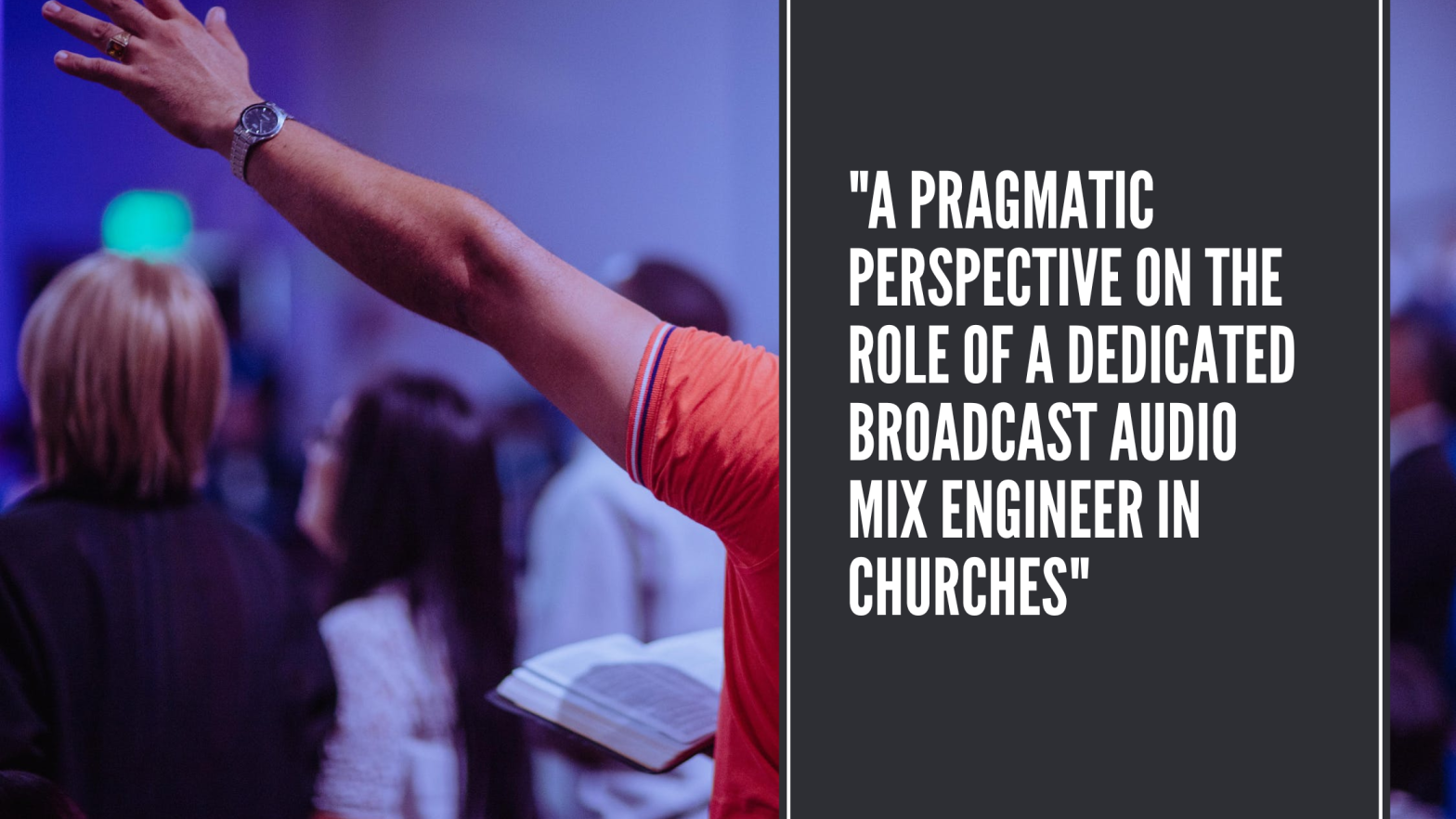Approaching concert lighting production for busking a concert requires a combination of preparation, flexibility, and creativity. The following is one of the approaches I will often take, which is presented in a vendor agnostic approach – this can be accomplished on a GrandMA, Hog or ETC Eos platform, among many others:
- Cue Stacks for Each Song:
- Establishing a short 3-5 cue stack for each song provides a structured framework while allowing for spontaneity. This structure typically includes:
- Base Look: Setting up a foundational lighting environment using fixtures with transitionable attributes like wash lights. This serves as the starting point for the song’s lighting atmosphere. Including a move-while-dark setup ensures seamless transitions between cues.
- Build: Creating dynamic intensity and movement to build energy throughout the song.
- Breakdown/Ending Look: Transitioning to a different lighting scheme to match the mood of the song’s breakdown or conclusion.
- Final Transition/Hold/Ending Look: Concluding the song with a clear transition, stopping all effects, and resetting lighting parameters for the next song.
- While these cues aren’t necessarily tied to specific songs, they provide a template that can be adjusted and reused as needed.
- Establishing a short 3-5 cue stack for each song provides a structured framework while allowing for spontaneity. This structure typically includes:
- Manual Control and Flexibility:
- Manual adjustment of lighting cues allows for real-time adaptation to the performance. Once a desired “verse” or build look is manually crafted, it can be saved or updated within the cue stack for future use.
- Utilizing submasters presets/palettes enables quick access to various lighting configurations, including full looks, colors, patterns, positions, and timing options. This facilitates seamless transitions between different lighting scenes during the performance.
- Simplicity and Consistency:
- Emphasizing simplicity in the lighting palette ensures clarity and effectiveness. Limiting the palette to a manageable number of colors, gobos, and focus positions streamlines operation and enhances visual coherence.
- Employing a core set of fixture groups and effects helps maintain consistency and coherence throughout the concert. This allows for efficient manipulation of lighting elements without overwhelming complexity.
- Adaptation to Venue and Audience:
- Flexibility is key when busking a rock concert, as each performance environment and audience may differ. Lighting cues should be adaptable to varying stage sizes, audience dynamics, and performer preferences.
- Preparing for contingencies such as equipment malfunctions or unexpected changes in the performance schedule ensures a smooth execution of the lighting production.
In summary, successful concert lighting production for busking a rock concert requires a balanced approach that combines structured cue stacks, manual control, simplicity, and adaptability. By carefully crafting lighting cues, utilizing presets, and maintaining flexibility, lighting designers can enhance the live concert experience and support the performers’ artistic vision.







